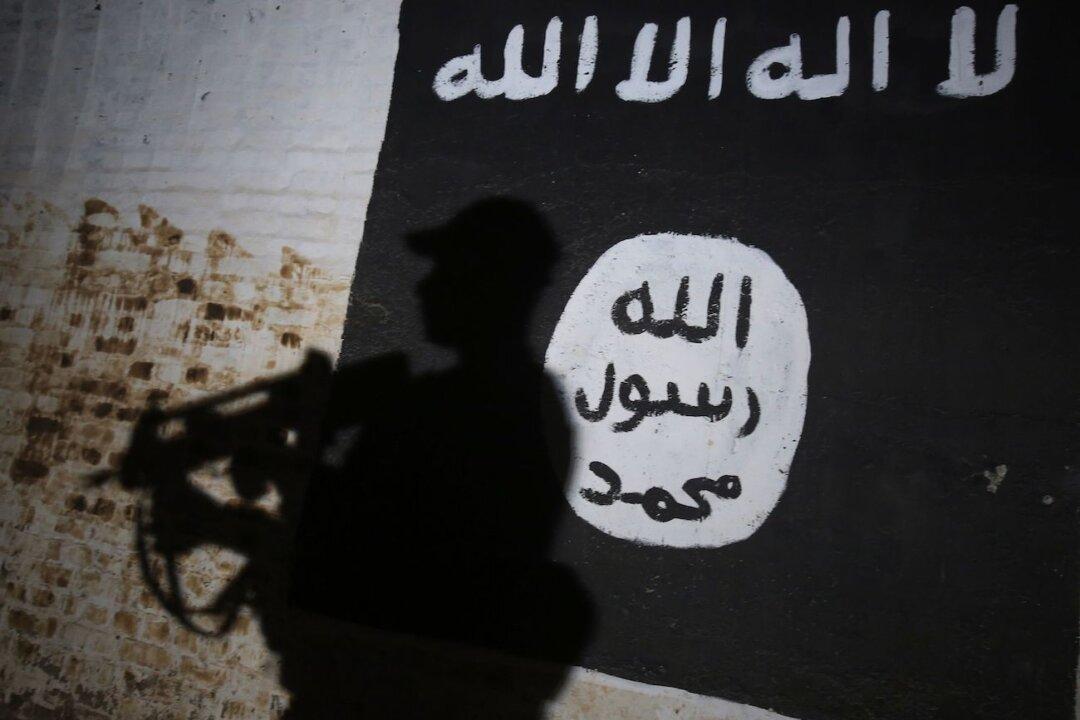ISIS-K has claimed responsibility for several bombings in Afghanistan over the weekend that targeted the Taliban, killing several people and injuring dozens more.
In two statements, the terrorist group claimed responsibility for three separate bomb attacks targeting three Taliban vehicles in Jalalabad, the capital of Nangarhar Province, on Sept. 18 and another bomb attack on Sept. 19 on a Taliban vehicle.





